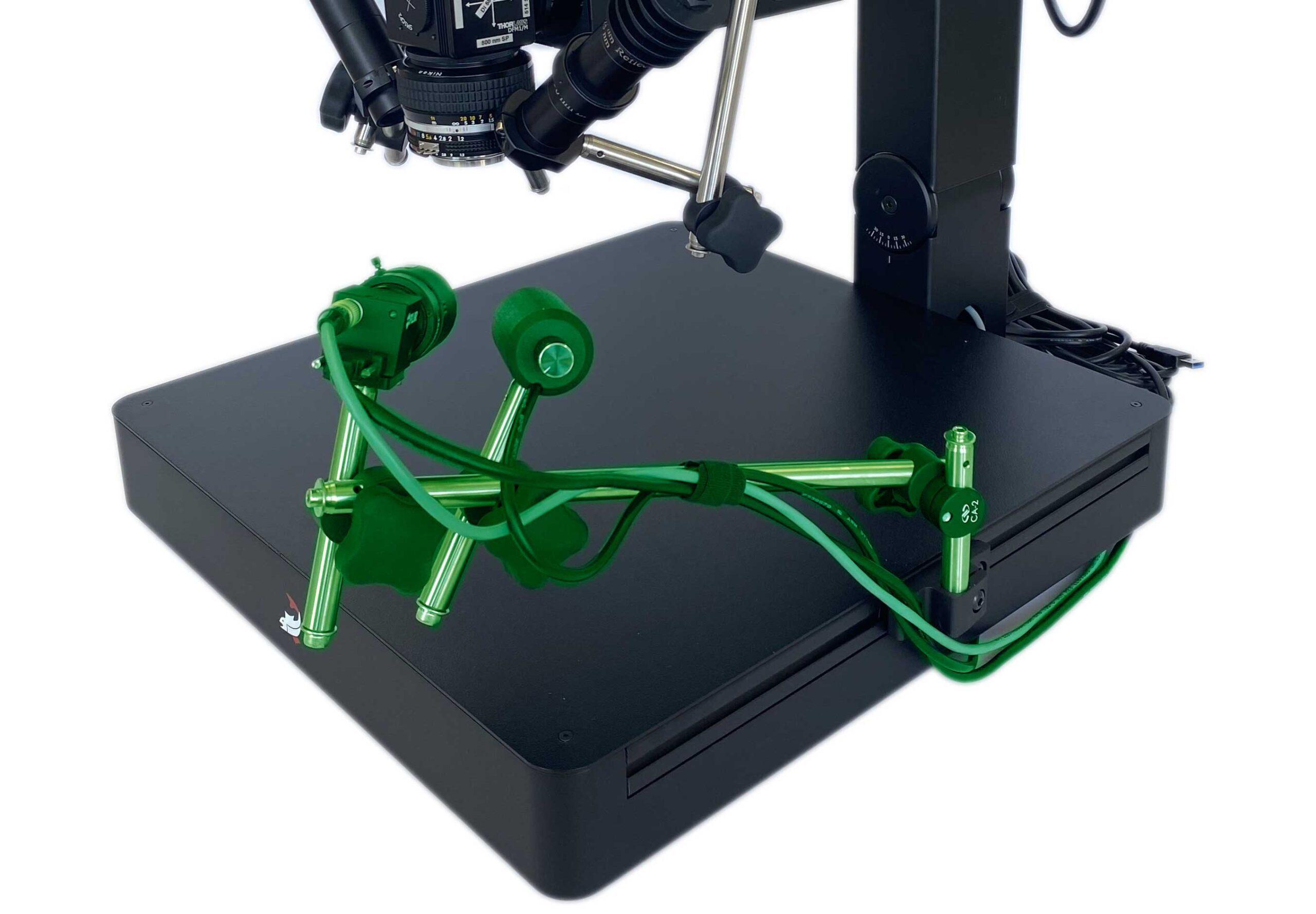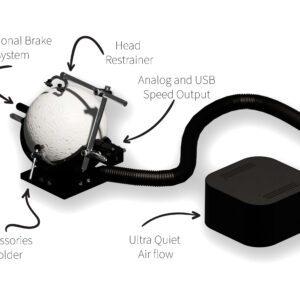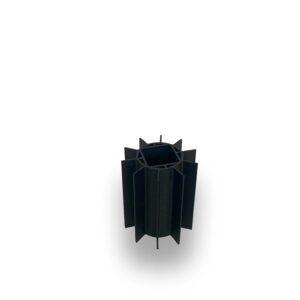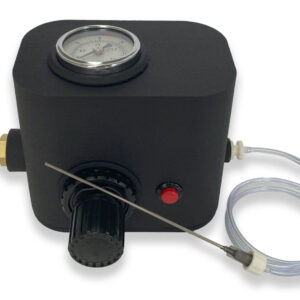Unlock the full potential of your research with our behavioral monitoring camera with infrared illumination designed specifically for monitoring mice and rats behavior. Whether you’re conducting behavioral studies, neurological research, or any other scientific investigation, our behavioral monitoring camera with infrared illumination provides the reliability and performance you need to achieve your research goals.
Key Features
- High-Speed Recording: Capture rapid movements and subtle behaviors at up to 900 fps (256 x 128).
- Infrared Illumination: Monitor your subjects in dark conditions without disturbing their natural behavior and the imaging system.
- Adjustable Zoom: Focus on specific areas or behaviors with ease, such as the pupil, whiskers or paws, thanks to the adjustable zoom feature.
- DeepLabCut Compatible: Fully compatible with DeepLabCut video tracking for advanced behavioral analysis.
- Flexible Mounting: Equipped with articulated positionning arms to placethe camera and illumination anywhere. The arm can be fixed with an M6 screw to your setup or mounted to a metal table using our magnetic stand.
Specifications
- FLIR Blackfly S USB3 camera.
- Adjustable binning, region of interest, exposure time and frame rate with SpinView software.
- 1440 x 1080 at 226 fps, 256 x 128 at 900 fps.
- Adjustable 850 nm infrared illumination with 12V power supply (included).
Other Offers
Combine our Behavioral Camera with our Mouse Head Fixation System or Treadmill to monitor your animal while it is head-fixed.
This product is also available as an add-on to our OiS200 Imaging System. Contact us if you require this option.
Video Tracking
NEW: Our behavioral camera systems now support advanced video tracking analysis. With our DeepLabCut service, you can turn your recordings into fully tracked and annotated datasets, including reusable models, CSV coordinate data, or labeled videos. Track eye, paw, tail, or body movements with high accuracy and seamlessly integrate the results into your research workflow.
Below is an example of a 900 Hz video acquisition using the optogenetic and behavioral add-ons on our OiS200 Imaging System with Optogenetics. The brain was stimulated in different regions using a 450 nm laser. Paw movement was acquired and processed using a custom algorithm. A map was made using the movement amplitude at a fixed laser power. In this example, the hardware, acquisition software, and post-processing algorithm were provided by Labeo Technologies.
![]()
Two examples of video tracking algorithm for eye-tracking. It can precisely measure the position, area, and direction of the eye. These measurements were crucial to our customer in order to measure opto-cinetic reflex.
LabeoTech is here to assist you with a wide range of custom solutions, including personalized algorithms. Contact us for more details.
Case Studies from Our Blog Featuring This Product
Eye Tracking: An Invaluable and Inexpensive Tool in Neuroscience
Almost all animals with good eyesight exhibit a range of eye movements. These movements allow animals to compensate for shifts in the visual scene and to follow objects that move within that scene. Eye movements have been studied since the early 1900s (Land 2006), and today, eye tracking is a ubiquitous tool used not only in neuroscience but also in other areas such as marketing (Gheorghe, Purcărea, and Gheorghe 2023). It is a common technology applied in virtual and augmented reality devices (Jin et al. 2024).
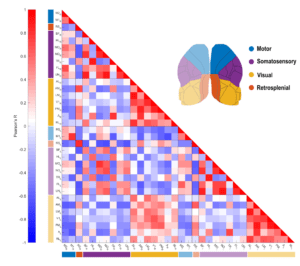
Cortical Dynamics in Mouse Behavior using Widefield Calcium Imaging – Part Two
In the previous blog, we explored the dynamics of cortical activity during distinct behaviors in an awake mouse. In this part, we will showcase another analysis that assesses the interconnectivity of cortical regions.
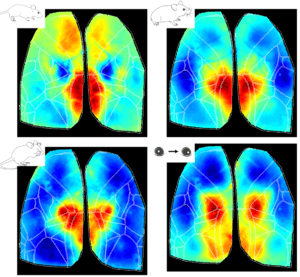
Cortical Dynamics in Mouse Behavior using Widefield Calcium Imaging – Part One
The mouse cortex is a complex structure segmented into distinct regions, each specialized in processing sensory information, motor planning, execution etc. These functional modules are highly interconnected and work together to allow the animal to interact with its environment and drive behavior. Different behavioral contexts can significantly influence how these cortical regions process information and interact with each other. For instance, during locomotion, areas linked to motor control are activated to fine-tune limb positions due to obstacles in the environment, while sensory areas such as the visual cortex prioritize processing features that are more salient during locomotion (Schneider 2020). Understanding the dynamic interplay between cortical areas and behavior is crucial to comprehending how the brain processes sensory information and drives behavior.
Frequently Asked Questions
Yes, the camera comes with free image acquisition software. It allows you to easily control settings such as frame rate, exposure time, and binning, and lets you capture and save both photos and videos.
Yes, the camera features a lens with manually adjustable 3X optical zoom, as well as manual focus and aperture control. This makes it ideal for applications ranging from whole-body imaging to precise pupil tracking.
No, video tracking is not included by default, as each research application has unique requirements that we cannot universally address. However, we offer custom services for turnkey DeepLabCut model development and training. The saved videos are fully compatible with DeepLabCut, and upon request, we can provide either a trained model tailored to your application or the processed tracking data.


